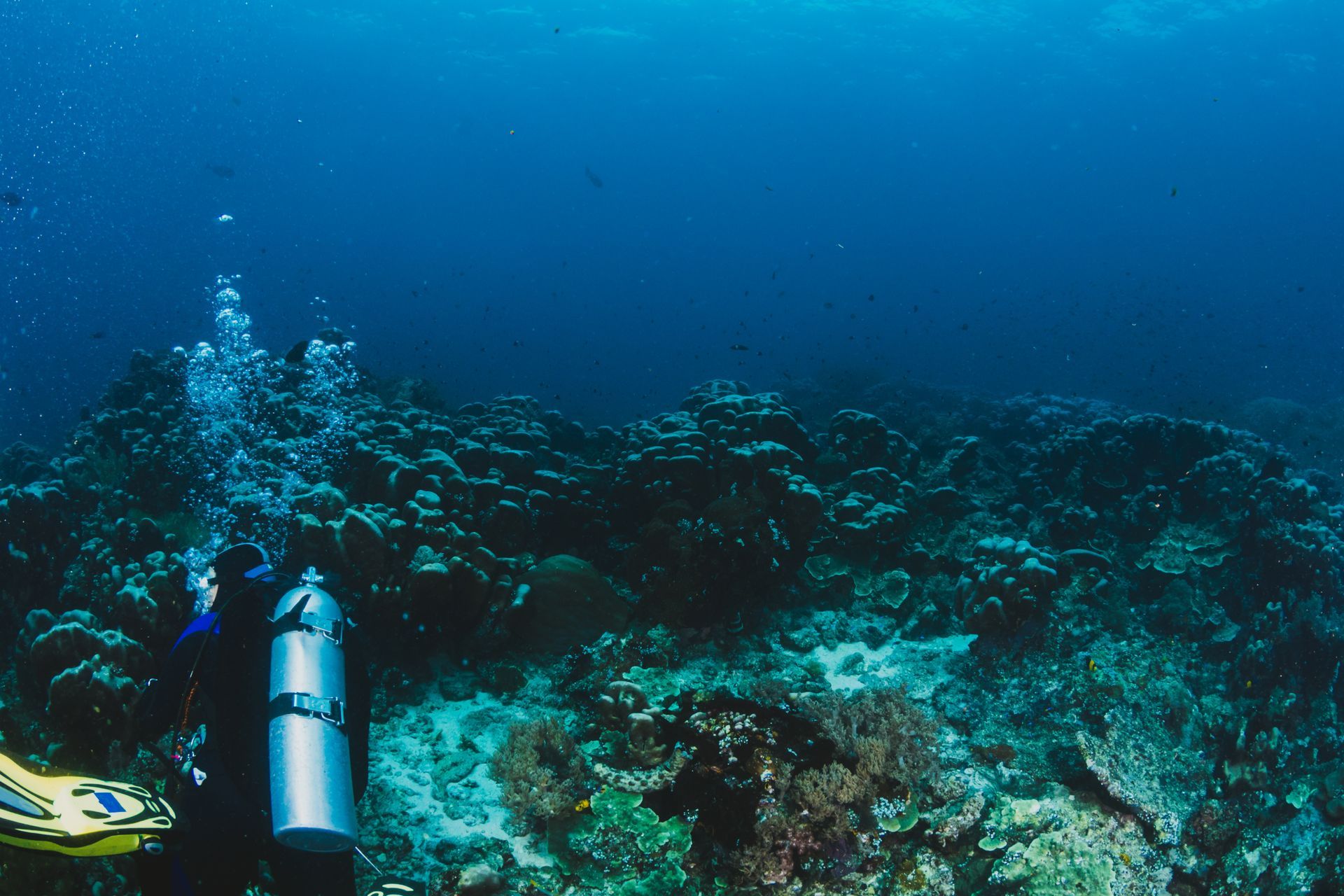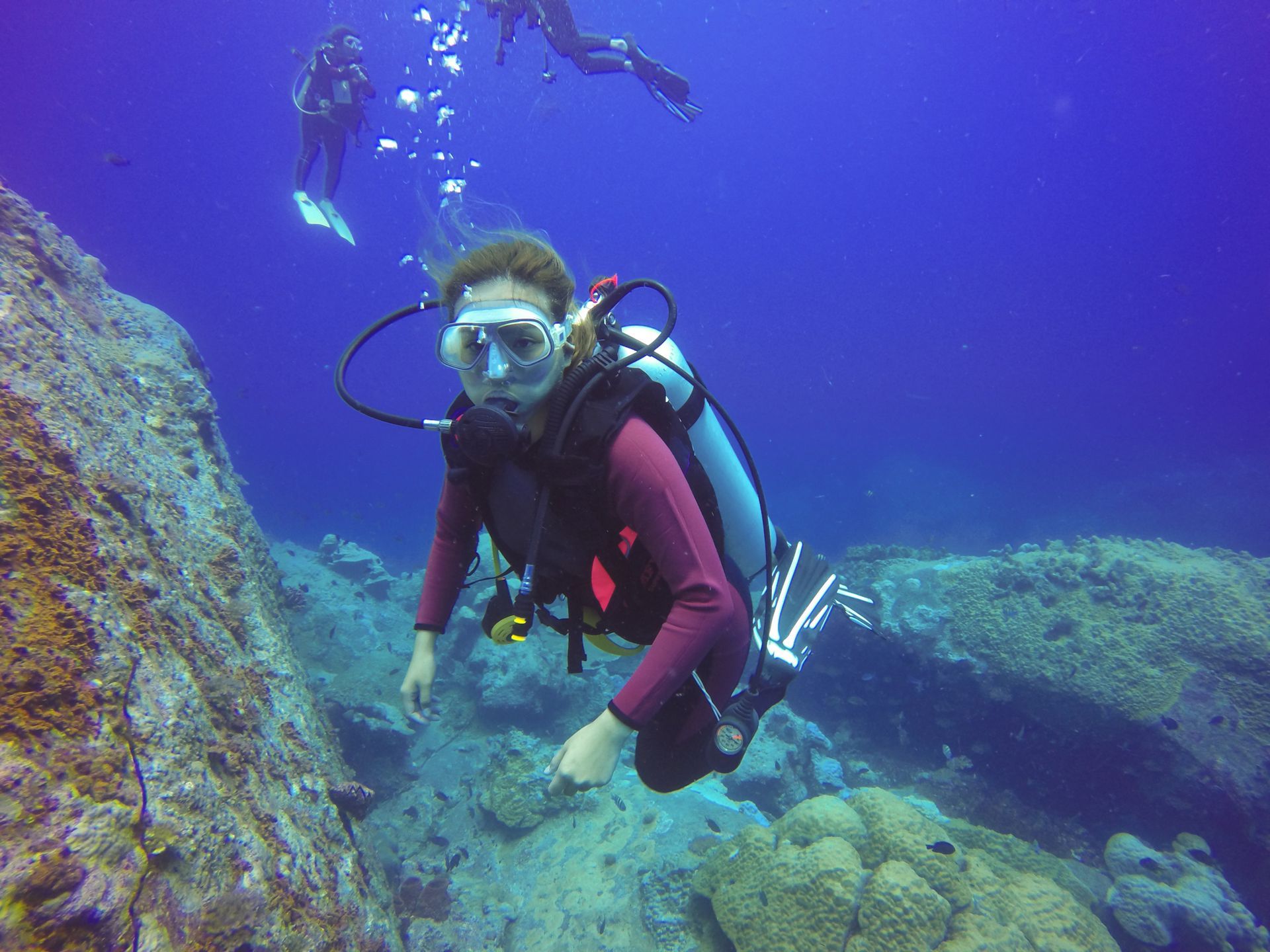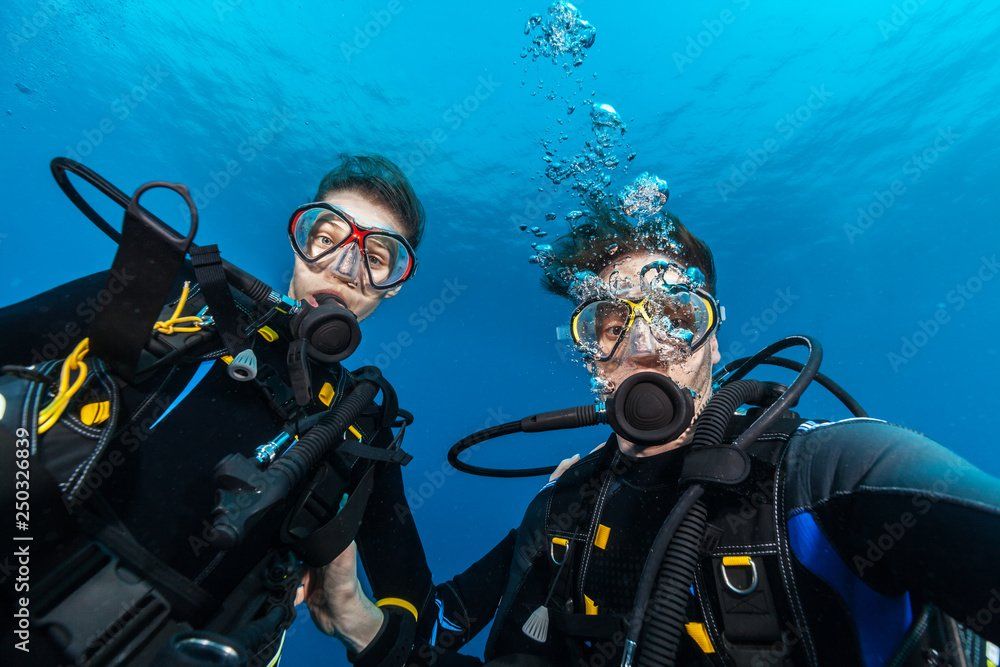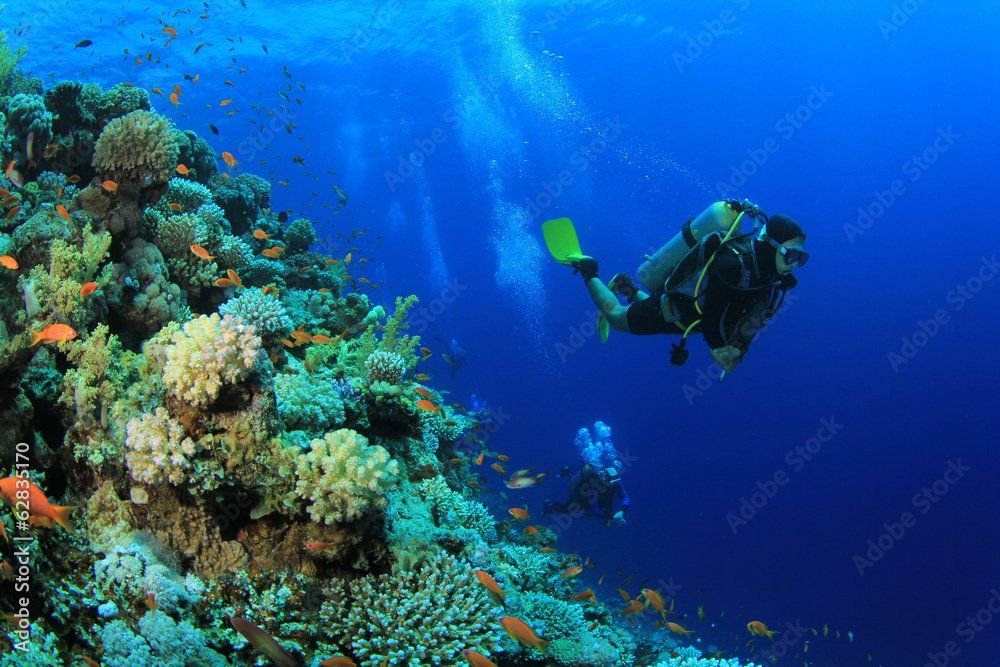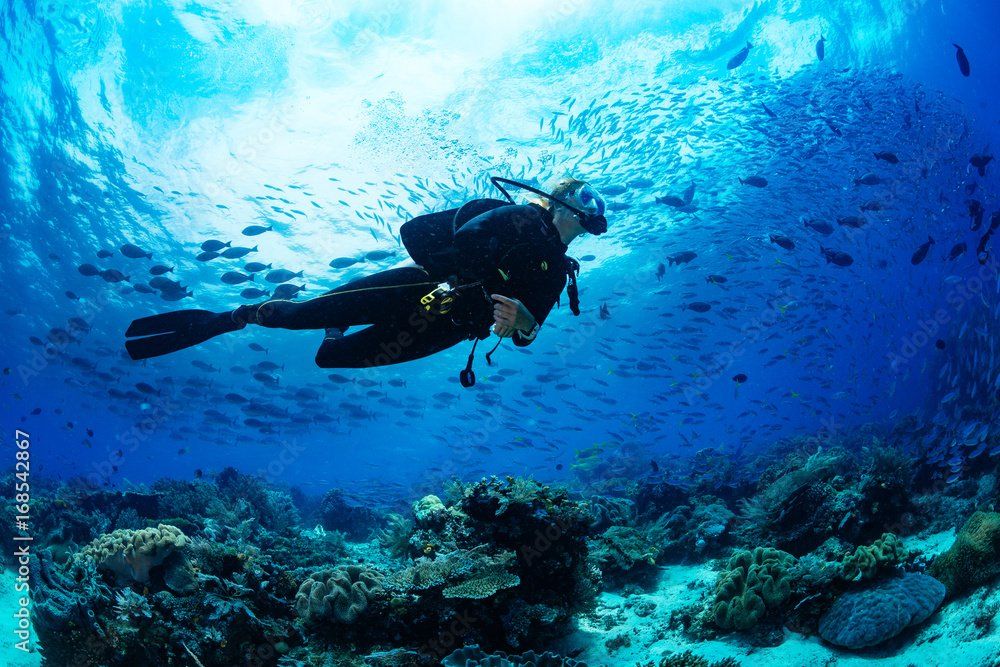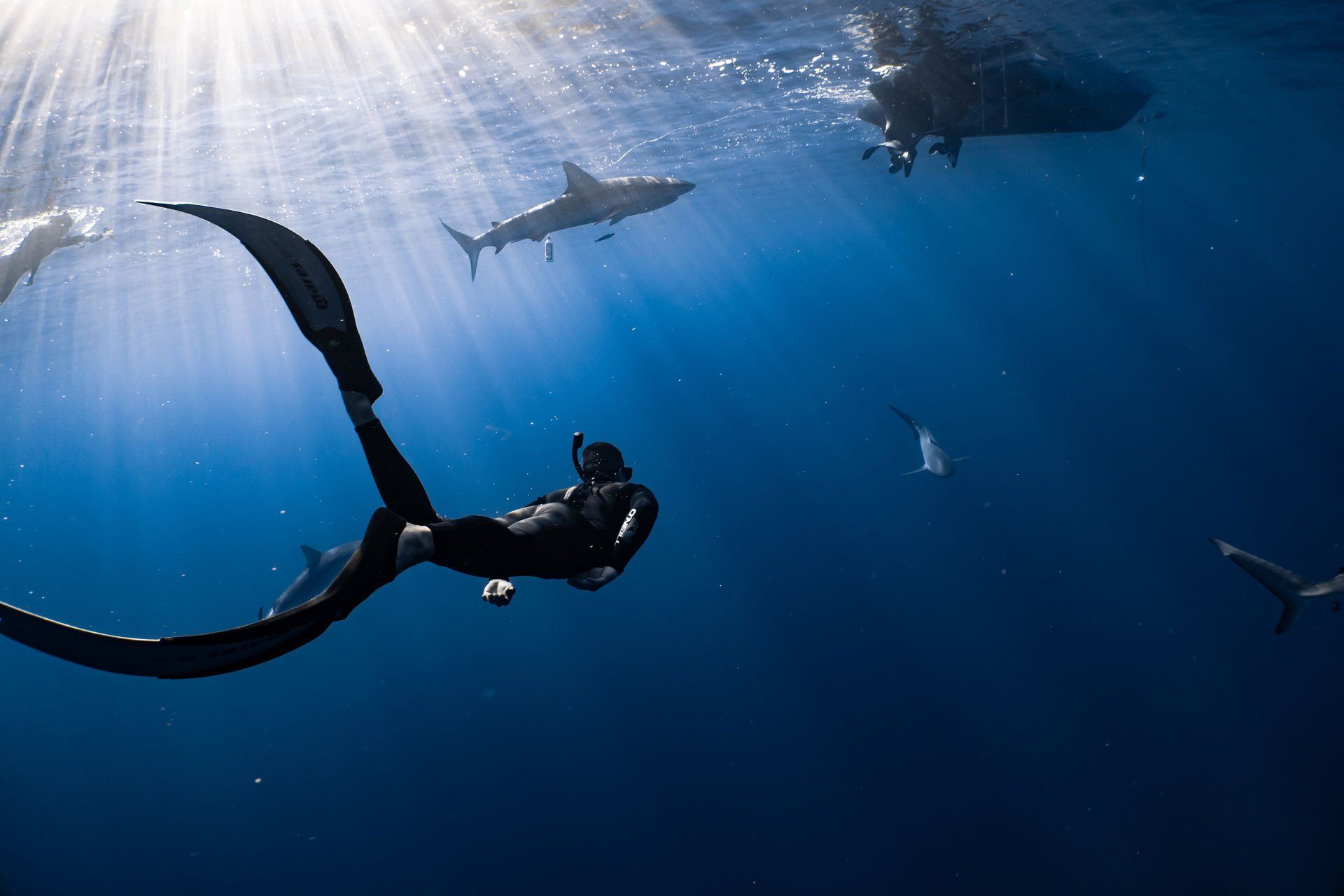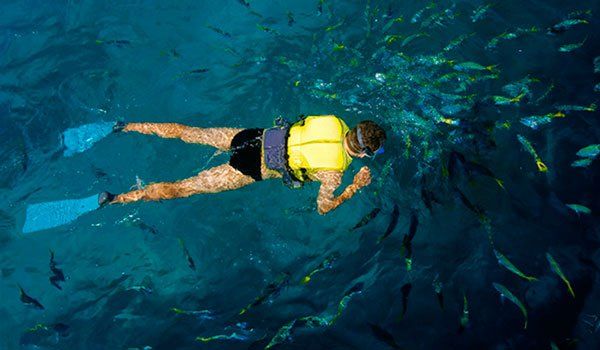Monday, Thursday & Friday 10 am - 5 pm, Tues & Wed Closed
Saturday 9:00 am to 3 pm Sunday 9am to 1pm
81 Church Street, Wollongong
2500, NSW, Australia
CALL 02 4210 9279
Top Dive Sites for the Best Scuba Diving in Australia
With its crystal-clear waters, abundant marine life and beautiful diving spots, it’s no wonder that Australia has become such a popular destination for scuba divers, attracting underwater thrill seekers from all around the globe year after year. But before you head out to your local diving centre to book a tour, join a program or buy some new gear, you first need to know which diving spots are the absolute cream of the crop.
In this article, we’ve compiled a list of the best dive spots for you to explore and enjoy! Continue reading to know more.
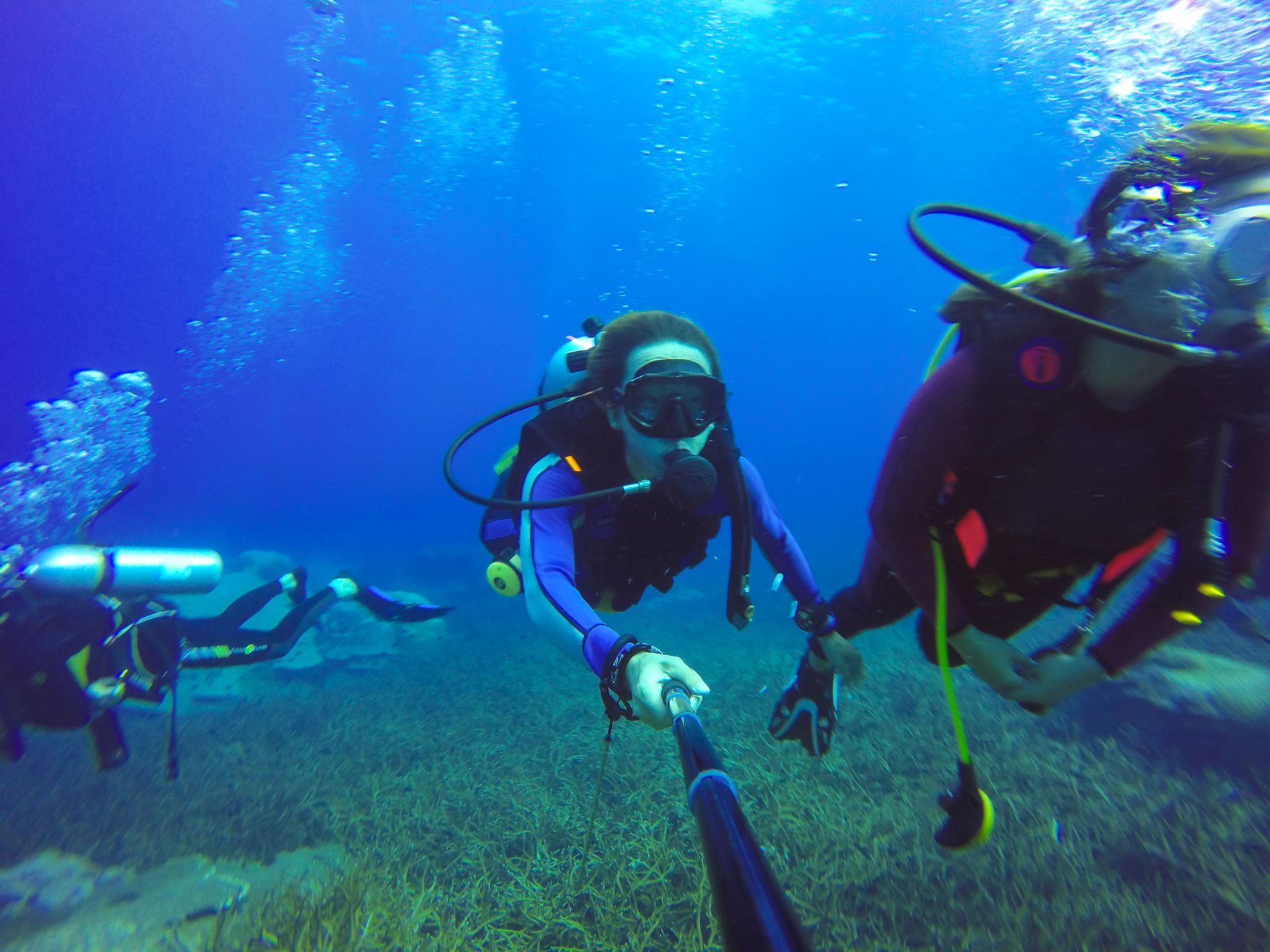
Image by tirachard
on Freepik
Is Australia good for scuba diving?
When it comes to scuba diving, Australia is one of the best dive sites in the world to visit as it holds the Great Barrier Reef where the marine life exhibits an impressive range of diversity. Known for its remarkable beauty and the world's largest collection of coral reefs, the Great Barrier Reef is a must-visit dive site with its warm waters, clean visibility, and plenty of species from sea turtles and manta rays to reef sharks and weedy sea dragons. Indeed, Australia is a dream destination for scuba divers around the world.
Whether you’re a beginner or an experienced diver, you can find a dive site that suits your level of experience. For scuba divers who are looking for extra adventure and an unforgettable underwater experience, the Great Barrier Reef is one of the world's natural wonders. However, it's important to note that dive sites in Australia are not only limited to the Great Barrier Reef. But there is also a diverse range of locations and adventures to explore.
Where is the best place to scuba dive?
In Australia, there are dive sites to be found all around the country. However, some of the best dive sites include the Great Reef Barrier, Ningaloo Reef in Western Australia, the tropic islands around Cairns in Queensland, Lord Howe Island in New South Wales, South West Rocks, Busselton Jetty in Western Australia, and Port Phillip Bay in Victoria.
All these dive sites offer a different experience to scuba divers, from breathtaking and diverse marine life to an abundance of colourful coral reefs.
Great Barrier Reef
One of the best dive sites for scuba diving is the Great Barrier Reef, which is also considered the heart and soul of diving in Australia. Having the world’s largest coral reef ecosystem, the Great Barrier Reef has one of the richest and most complex natural ecosystems on the planet with over 1,500 species of fish, about 400 species of corals, 4,000 species of molluscs, and over 240 species of birds, plus a great diversity of coral reefs, sponges, anemones, marine worms, crustaceans, whale sharks, reef sharks, manta rays, majestic sea turtles, and other species. With this great abundance of marine life, the Great Barrier Reef is an incredible destination for any diver looking for an adrenaline-filled underwater experience.
Ningaloo Reef
Renowned for its crystal-clear waters that are home to a diverse range of marine life, the Ningaloo Reef has earned a reputation as one of the most thrilling and captivating destinations worldwide for swimming, diving, fishing, and snorkelling. Located close to the coast along Western Australia’s Coral Coast, the Ningaloo Reef is a popular site for whale sharks, sea turtles, manta rays and many other species of tropical fish.
Lord Howe Island
Located at the intersection of five significant ocean currents, including the East Australian Current that flows from the Great Barrier Reef and into the Tasman Sea, Lord Howe Island is perfectly situated for marine life diversity. It has over 60 world-class dive sites which are located just 10 to 20 minutes from the shore using a boat.
The island boasts some of the clearest waters on the planet having a visibility that reaches around 30 meters, the underwater world offers stunning clarity, ranging from 20-40 meters outside the lagoon during summer, 10 meters inside the lagoon during summer, and 15-20 meters outside the lagoon during winter.
South West Rocks
For scuba divers who are fond of exploring different species of turtles, South West Rocks is one of the best dive sites to go. South West Rocks has earned its place among the top ten diving destinations in Australia, where you can anticipate encounters with a wide range of friendly turtles throughout the year.
From April to November, there's an increased chance of encountering grey nurse sharks, and you'll also witness an abundance of schooling fish that gather to feed in the swirling currents. What's more, there is also a great sighting of rare black coral gardens, anemones, clownfish, stingrays, lionfish, lobsters, humpback whales, and many more.
Port Phillip Bay in Victoria
Located in Southern Victoria and stretching from Geelong in the west to Portsea in the east, Port Phillip Bay is one of Australia's best dive sites for divers and snorkelers looking for a unique underwater experience.
Home to a vast range of underwater creatures ranging from stingrays, seahorses, cuttlefish, schooling fish, humpback whales, and weedy sea dragons, you have the chance to witness the wonderful marine life that can be found in this bay. What's also unique about it compared with other dive sites is that it is made up of sunken submarines and large shipwrecks that are challenging yet fun to explore.
Given these extraordinary sighting opportunities, technical divers greatly enjoy the strong tidal currents, cold water temperatures, and high visibility of this incredible dive site.
What are the best months to scuba dive in Australia?
If your goal is to experience the best scuba diving in Australia, you should go to the magnificent Great Barrier Reef from late August to early December. Depending on the location, it is important to consider the seasonal aspects when planning your dive.
- Liveaboard diving is most popular from July to November, particularly for locations like Osprey Reef and North Horn in the Coral Sea where visibility reaches its peak in June and September. For the calmest sea conditions, it is advisable to plan your dive between September and February.
- In North Queensland, the jellyfish season occurs from November to April. Diving is great to do during this time as the waters are quiet and warm but not too humid. However, it is important to note that box jellyfish are not present on the reef so they should not be a problem for scuba divers.
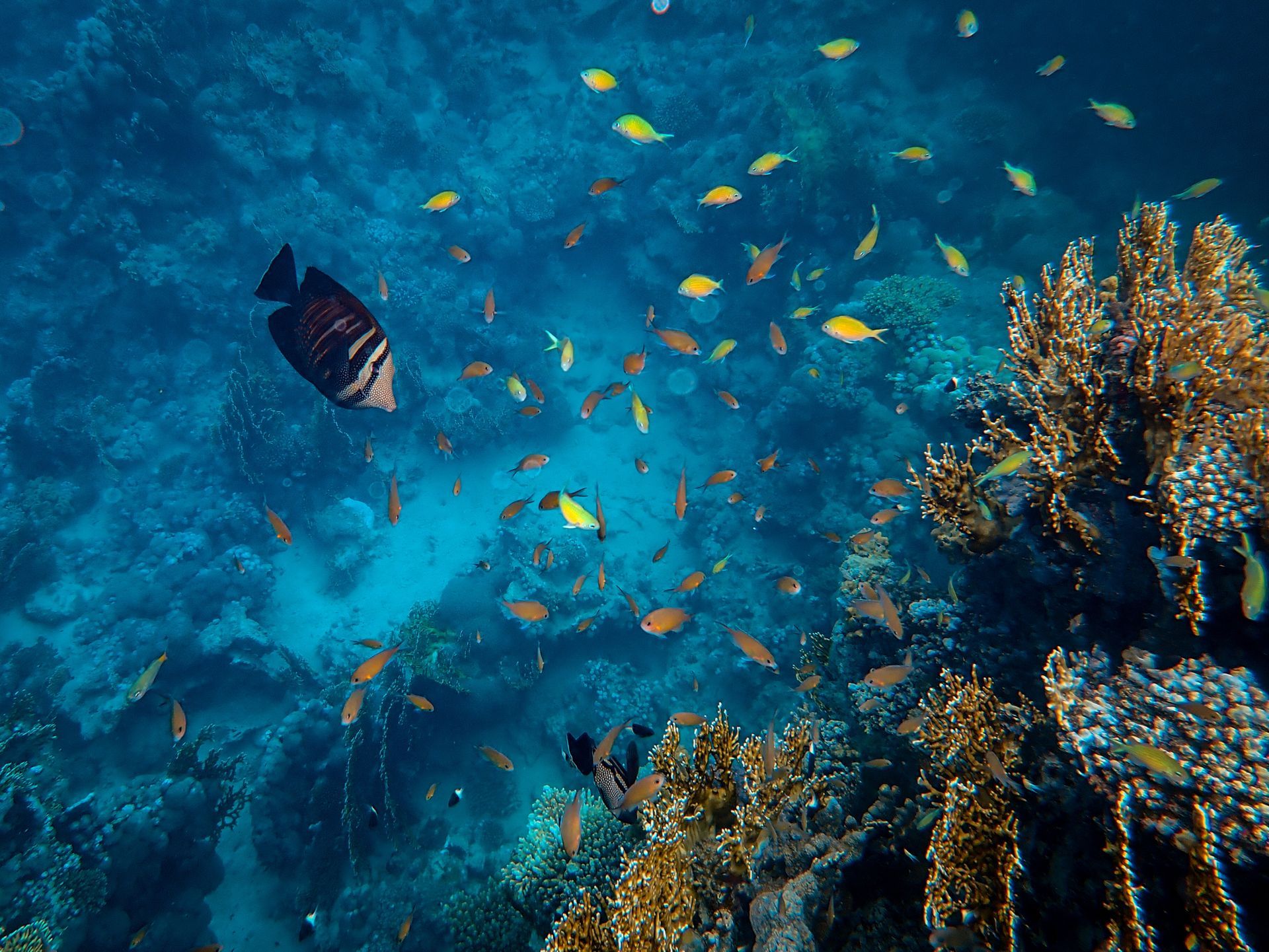
Image by wirestock on Freepik
- In South Australia, the ideal season to dive with the great white sharks is from May to February. Generally speaking, May to October is the time to spot a heightened predator activity as young seals venture out in search of food. This could be ideal for experienced divers who are looking for thrill and adventure.
- In Western Australia, liveaboard trips to the Rowley Shoals are best done in October.
- For scuba divers who want to see whale sharks, Ningaloo Reef is the perfect dive site to go. Ningaloo Reef is an exceptional destination that offers a warm and welcoming water temperature all year round. Although the period between mid-March and August are the best months to see whale sharks, you can still have an amazing experience during the off-peak months.
- The best time to visit Lord Howe Island is between September to May when the waters are warm and clear. During this time, you can feast your eyes on a variety of sea creatures and colourful coral reefs.
- Lady Elliot Island is known for being the Home of the Manta Rays. However, sightings of these sea creatures are limited to the winter season, specifically between May and August. On the other hand, if you are planning to dive in the summer, North Stradbroke Island is the perfect destination for you to visit from October to March.
What time of year is best to dive in Australia?
The best time of the year to go diving in Australia depends on the location. But in general, the best time to dive along the Great Barrier Reef is from August to December, as it coincides with the coral spawning period. During this period, most coral species release their eggs, creating a vibrant and mesmerising underwater for divers.
In addition, different areas in Australia have seasonal animal sightings that are best seen during certain times of the year. For example, Lady Elliot Island is known for its Manta Rays which can be seen between May and August while North Stradbroke Island's sea creatures are more visible from October to May, when the waters are warm and calm. Nevertheless, it's always important to get a few things done first to ensure that you enjoy the best diving experience and get to see the abundance of marine life.
Aside from checking the local weather and conditions before planning a dive, it is a must that you invest in high-quality diving gear so you can breathe, see, and move comfortably underwater. Look for a local dive shop that can advise you on which size and type best suits the diving conditions in your intended location. Regardless if you are a beginner or an experienced professional driver, you must wear the right gear to ensure you get to enjoy the best scuba diving in Australia.
Is Cairns better than Port Douglas for diving?
For experienced divers looking for a diverse selection of dive sites and marine creatures, Cairns is the best. The dry season in Cairns spans from April to November, providing the perfect weather conditions characterised by low humidity and less rainfall. This is also during this season when the visibility of the waters is at its clearest.
On the other hand, if you prefer a more laid-back experience and you just want to relax at a stunning resort and visit the reef for a day, then Port Douglas is an excellent choice. The dive site is renowned for its beautiful coral reefs and diverse marine life. Furthermore, it also serves as the gateway to two magnificent natural wonders, the Great Barrier Reef and the expanses of the Daintree Rainforest.
Is it illegal to scuba dive without certification Australia?
In Australia, there are some initial requirements before you can dive. Aside from knowing how to swim, all individuals aged 12 years old and above should possess a valid scuba diving certification and must be medically fit before they can dive. Otherwise, those who don’t meet the requirements are not allowed to dive without supervision from an accredited diver.
Scuba diving entails some risks and involves various breathing apparatuses, which is why every individual is required to receive proper training and certification first to dive safely and ensure that marine life is protected as well. For beginners, there are some introductory diving programs available that are supervised by certified instructors.
Takeaway
Australia is undeniably one of the best diving destinations in the world. From the Great Barrier Reef to many other amazing dive spots across Queensland and New South Wales, it is evident why several locals and tourists are frequently coming back to take part in its mesmerising underwater adventure.
However, while exploring the fascinating marine life of Australia, prioritising safety is equally important. It's highly recommended to obtain a certification from recognised diving agencies before engaging in scuba diving, as it poses some risks and involves some sense of responsibility. Fortunately, there are several diving centers available for beginners that offer diving courses, programs, dive gear, rentals, and services that are all supervised by certified instructors. With the right training, gear, and certification, you can enjoy this epic adventure safely and responsibly.


Dive Near Me is the most comprehensive dive centre in Wollongong. From dive courses and programs to diving gear and equipment sales and rentals, we offer everything you need for your underwater adventures.

-
Visit Our Website
We hope you learn a thing or two from this blog post!
Based in Wollongong, Dive Near Me offers a wide range of diving courses and programs, as well as dive gear and equipment sales and rentals. Check out our website to learn more.
We hope you learn a thing or two from this blog post!
Based in Wollongong, Dive Near Me offers a wide range of diving courses and programs, as well as dive gear and equipment sales and rentals. Check out our website to learn more.
CONTACT INFO
Dive Near Me
Address:
81 Church Street,
Wollongong, 2500, NSW, Australia
Phone: 02 4210 9279
Hours:
Monday 10am - 5pm
Tuesday Closed
Wednesday Closed
Thursday 10am - 5pm
Friday 10am - 5pm
Saturday 9am - 3pm
Sunday 9am - 1pm
Public Holidays 9am - 1pm

